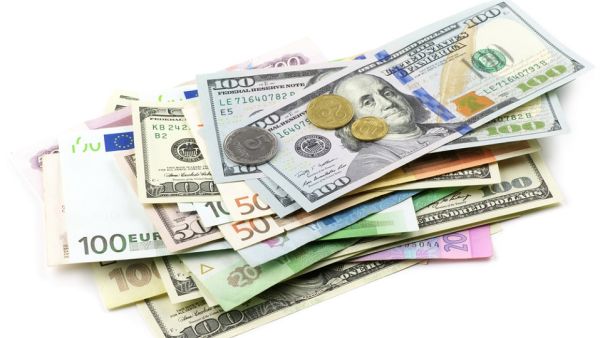Many people may realize that the US dollar has a strong impact on their economies and their own currencies, but only a few people understand the reason behind this dollar hegemony.
Pegging currencies has been a prominent monetary policy followed by countries that fear financial instability or economic troubles which might result in inflation or deflation. So central banks in over 60 countries have been pegging their own currencies to those of countries with stronger economies and more active trade activity.
According to MoneyGlare, "A Dollar peg is when a country goes on to maintain its currency at a fixed exchange rate to the U.S. Dollar."
There’s a lot that led to this. I can’t explain it all. Here’s a small primer. https://t.co/5UD9ga0ch8
— sweet creature (@lareinemelchite) July 3, 2020
For years, currencies have been either fixed (pegged) or floated. The most widely-traded currencies have always been floated such as the US dollar, the Euro, the Japanese yen, the Pound Sterling, and others. Meanwhile, developing countries with economies heavily dependent on imports are usually pegged to one of the floated strong currencies, mostly the US dollar.
Having controlled currencies can help economies by providing a sense of stability in the markets, especially if the currency to which they are linked is stable and strong. Being responsible for controlling the pegged currency, only central banks have the right to estimate and value the local currency so it rises and falls against the dollar. For example, the Saudi Riyal is always exchanged for $0.27, unless the US dollar is going through troubles.
When the value of a local currency starts to drop, central banks can rescue it by pulling it from the market until it restores its value, so the government responsible for import activities can maintain prices and protect itself from price fluctuation.
Most world countries have pegged their own local currencies to the US dollar for decades, due to it being the currency of the world's reserves since the 1940s.
In the Middle East, the United Arab Emirates and Saudi Arabia were amongst the first countries to link their currencies to the American dollar back in 1973 and 1986, especially as their main export, oil, is traded using the US dollar around the world.
Non-oil countries have also been linked to the dollar since the 1990s and early 2000s, such as Jordan's Dinar, the Lebanese Lira, and the Qatari Riyal. Despite having been floated in 2016 pressured by a shortage of dollars, the Egyptian pound was pegged to the US dollar since 1962.
Currencies pegged to the dollar must keep 50% Usd in their central banks. This can be difficult in times when the dollar gets too strong, and in parrallel, your home currency is getting hit on the near term.
— alain ouellet (@alainouellet939) July 5, 2020







